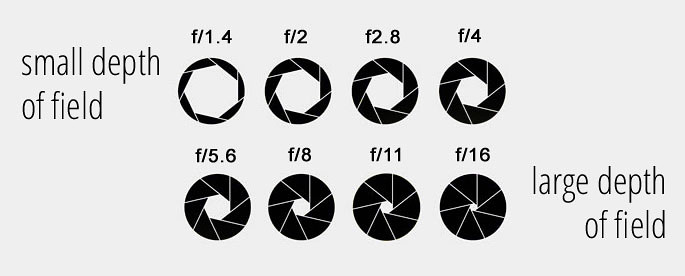

The field of view defines your composition. The lens focal length, selected by the photographer, determines the field of view (FOV) Shallow Depth of Field f/4 What is Focal Length in Photography? The focus range is very shallow providing a small depth of field. Only the subject is in focus, while the foreground and background are not in focus. The second image shows a shallow depth of field example. The first example below shows a deep also known as large depth of field.Įverything in the entire image, foreground to background is in focus. Here is another example of two landscape photos showing varying depths of field. The depth of field or focus range extends beyond the focal point, as the f-stop increases from f/5.6 to f/16. In the images above, the focal point, denoted by the red box, stays at approximately the same location. The focal point always lies within the focal range or depth of field. This is the location that I focused on to take the shots. The red box denotes the focal point within the image. Notice how everything between these lines is also in focus. The red lines show the closest and furthest objects that are in focus. The first photo was taken at f/5.6 and the second was captured at f/16. The following examples show small or shallow depth of field vs large or deep depth of field. Larger f-stop value = smaller aperture diameter = larger DOF.Smaller f-stop value = larger aperture diameter = smaller DOF.They can be used interchangeably with focus range and DOF.ĭepth of field is defined as the distance between the closest and furthest objects within a composition, both of which are in focus.Īll objects between the closest and furthest objects are also in focus.īy adjusting the f-stop, the photographer controls the depth of field. What is Depth of Field in Photography?ĭepth of Focus vs Depth of Field (DOF) – To clear up any confusion, these terms mean the same thing. The smaller the f-stop value, the more light enters the lens, over a set exposure time. The larger the f-stop value, the less light enters the lens, over a set exposure time. The photographer controls the f-stop, which determines the depth of field and how much light enters the lens. If the lens focal length is 20mm and the aperture diameter is 10mm, then f-stop = 20mm/10mm = 2. The graphic shows increasing f-stop values with decreasing aperture diameters. The focal length of the lens determines your field of view (composition) and the magnification of the scene. The aperture diameter is the straight distance across the widest part of the aperture. F-stop is the ratio of lens focal length to aperture diameter.į-stop is a dimensionless number, denoted by a hooked “ f ”, with an underlying number denoting the f-stop value.į/2.8 and f/8 are two examples of common f-stop settings, where 2.8 & 8 are the f-stop values, respectively.į-Stop = Lens Focal Length (mm) / Aperture Diameter (mm).Aperture is the opening in the front of the lens where light enters the camera.The terms f-stop and aperture are often used interchangeably, this is incorrect. Mastering depth of field requires a basic understanding of f-stop, focal length, focus range, and camera lenses. Amount of Light exposed to the image sensor, which controls the image brightness, rated in stops.The entire image between these objects also maintains sharp focus. Depth of Field (DOF) determines the closest and farthest objects in an image, both of which are in focus.In photography, aperture diameter, determined by f-stop, controls two important factors:


 0 kommentar(er)
0 kommentar(er)
